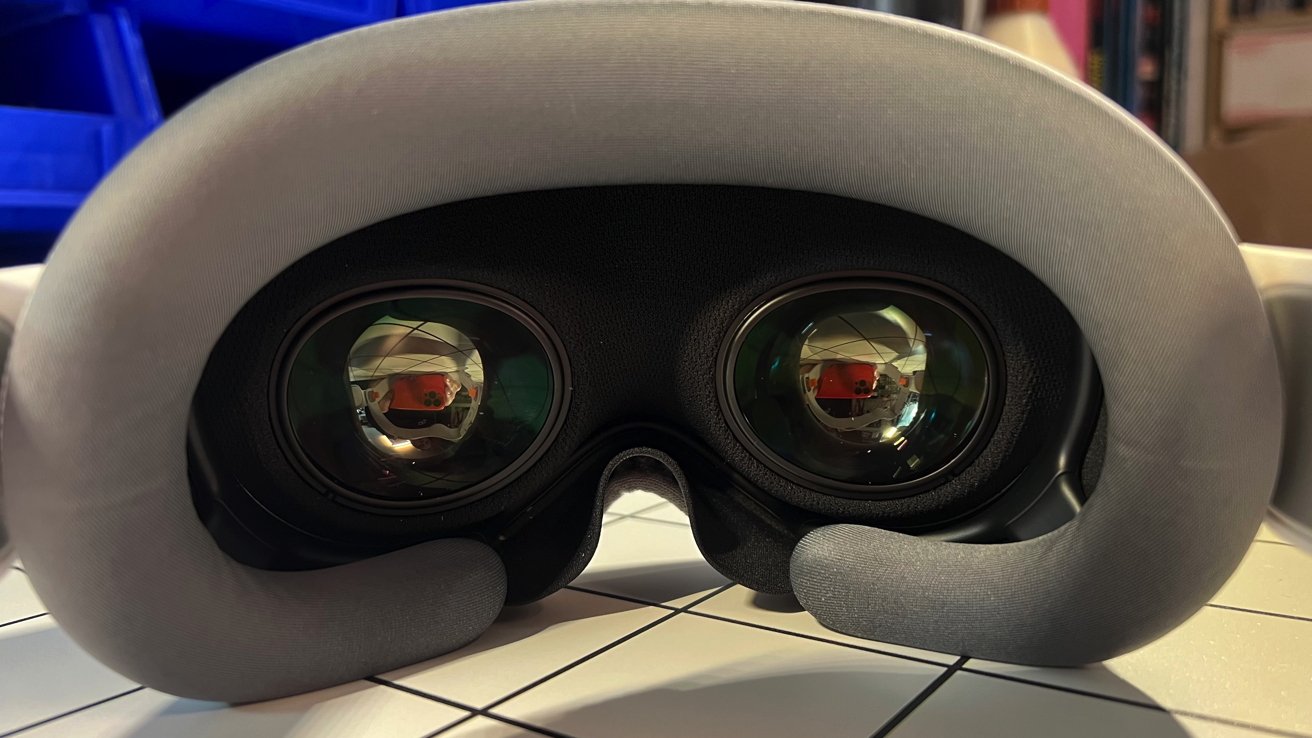A new rumor suggests that Apple has reached out to more manufacturers of small OLED-on-Silicon panels to gear up for another mixed reality headset alongside the Apple Vision Pro.
Currently, Sony supplies the OLED-on-Silicon (OLEDoS) panels used in the current Apple Vision Pro. The Elec, which covers Chinese industrial trends, says that Apple has sent a request for information to both Samsung and LG for possible panels.
According to the report, Sony will continue providing screens for the Apple Vision Pro, but has no plans to increase production capacity. It is thought that Sony provides Apple with up to 900,000 such panels per year.
An interesting component of the report claims that Apple is looking for production capacity for OLEDoS panels that are 2.0 to 2.1 inches. These are considerably larger than the Apple Vision Pro's current 1.42-inch panels.
However, the resolution target in the request for information suggests that the new panels would sport just half the resolution of the Apple Vision Pro panels. If accurate, this would suggest that the parts could be used in a less-expensive, lower-resolution mixed-reality headset.
Previous reports have suggested that Apple is interested in a lower-priced headset product. Such a product could rely on being tethered to an iPhone or Mac in order to lower the cost and reduce the need for expensive processors.
The company is said to also be continuing work on a future updated model of the Apple Vision Pro.
The OLEDoS panels used in the Apple Vision Pro use a technology that involves a white OLED panel with color filters, or wOLED+CF. Samsung already has a working production line for such panels, while LG does not at present.
In the report, Samsung is claimed to want to supply Apple with a slightly different technology that incorporates RGB pixels right into the OLED panel. This technology could deliver higher brightness levels than the current wOLED+CF technique.
The Elec is a prolific source of information from within Apple's supply chain, with a mixed track record. It does better on reports that detail the supply chain, and is far less accurate about what Apple's plans are. Saturday's report is more the former than the latter.
